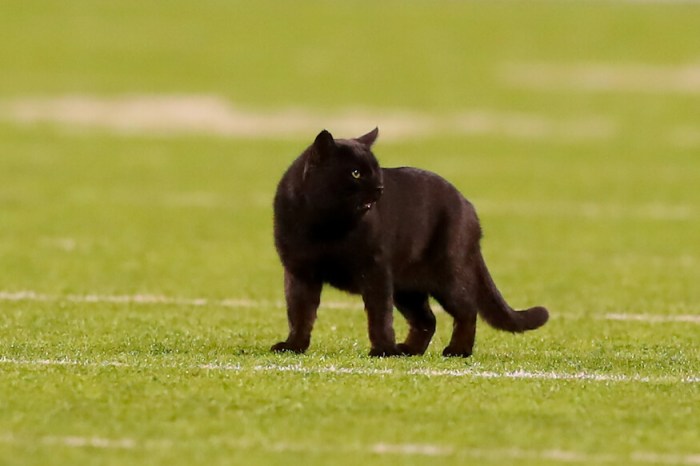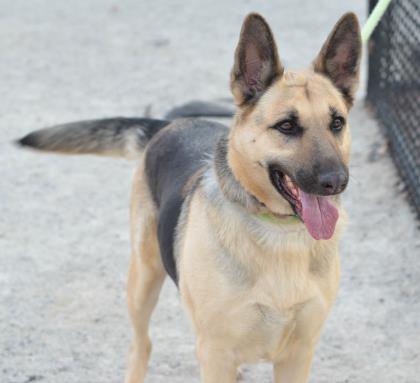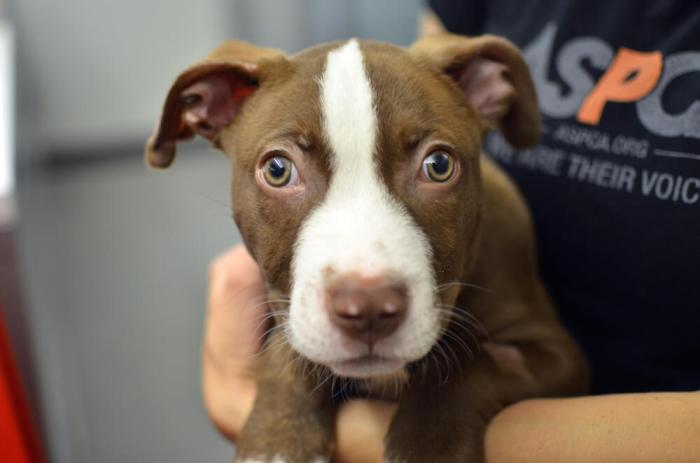Back in 1963, Ilse Simon, now 76, was faced with a choice: the man she was living with or her bird.
“Of course, the bird won,” says Simon, whose Manhattan menagerie now consists of 13 feathered friends: three cockatiels, a lory, a kakariki, a caique, a lovebird, two canaries, two parrotlets, and two parakeets. Simon is just one of many New Yorkers devoted to their unusual pets. Besides 8.4 million people, 500,000 dogs, and 575,000 cats, according to estimates from the city Department of Health, New York’s high-rises are teeming with exotic creatures, from bearded dragons to alligators to macaws to spiders and beyond. Simon, who claims to be the original bird woman of Central Park West, has had most of her pets since they were babies, and they can live for decades. “They’re very bright, affectionate, and mischievous,” she says. Every morning at 6, Quasi the cockatiel wakes up first. Soon there’s a chorus of “Hi there” and “Hi, baby.” With 13 birds in one apartment, neighbors are sure to hear chirps and squawks. But Simon says it’s accepted. Years ago, one neighbor complained, and when a new tenant signed a lease, it mandated that Simon’s birds be tolerated. Simon has paid as much as $1,800 for the rare caique from Brazil. Plus, food and toy costs add up. “If I had to live off Social Security, I wouldn’t make it,” she says. Even her will stipulates arrangements for the birds’ care. Birds, which are naturally social, tend to become an extension of the family, says Megan Sweeney, manager of Fauna, a pet store on Columbus Avenue that specializes in birds, small reptiles, and freshwater fish. “Birds can thrive in apartments when given a healthy diet, plenty of exercise and lots of love and socialization,” Sweeney says.
But it’s reptiles that most customers choose.
“The most common that leave the shop include bearded dragons, leopard geckos, crested geckos, corn snakes, and milk snakes,” Sweeney says. “Bearded dragons and crested geckos are child-friendly reptiles that are easy to handle and care for. Corn snakes have a sweet temperament and are extremely low-maintenance.” She adds that people often unknowingly ask for illegal animals like pythons and hedgehogs. With food and care hard to find, it’s best to avoid the black market for exotics.
The city, which enforces pet restrictions largely through public complaints, has banned pagesworth of species: hyenas, cougars, zebras, ostriches, sheep, even creatures as seemingly harmless as ferrets. The laws didn’t stop a Harlem man from keeping a tiger in his five-bedroom apartment in the early 2000s or a Staten Island man from hosting a kangaroo that escaped in 2015, in just two infamous cases. “I’ve heard of people in New York who have roosters, tarantulas,” says Steve Gruber, director of communications for the Alliance of NYC’s Animals. “Years ago, pigs were the rage. Pigs are cute when they’re little, but they get big. Back in the ’90s, I used to run into a guy walking his pig on Ninth Avenue.” Of course, dog and cat owners aren’t the only ones who pamper their pets. A recent New York Times article spotlighted a woman hired to walk a 17-pound tortoise.
“I can’t imagine coming down an elevator with a tortoise,” Gruber says. “That would be pretty unusual.”


















